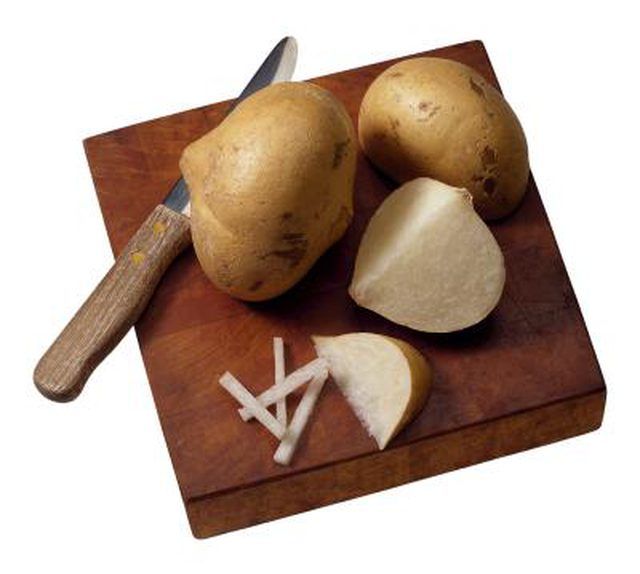Bulbs
Flower Basics
Flower Beds & Specialty Gardens
Flower Garden
Garden Furniture
Garden Gnomes
Garden Seeds
Garden Sheds
Garden Statues
Garden Tools & Supplies
Gardening Basics
Green & Organic
Groundcovers & Vines
Growing Annuals
Growing Basil
Growing Beans
Growing Berries
Growing Blueberries
Growing Cactus
Growing Corn
Growing Cotton
Growing Edibles
Growing Flowers
Growing Garlic
Growing Grapes
Growing Grass
Growing Herbs
Growing Jasmine
Growing Mint
Growing Mushrooms
Orchids
Growing Peanuts
Growing Perennials
Growing Plants
Growing Rosemary
Growing Roses
Growing Strawberries
Growing Sunflowers
Growing Thyme
Growing Tomatoes
Growing Tulips
Growing Vegetables
Herb Basics
Herb Garden
Indoor Growing
Landscaping Basics
Landscaping Patios
Landscaping Plants
Landscaping Shrubs
Landscaping Trees
Landscaping Walks & Pathways
Lawn Basics
Lawn Maintenance
Lawn Mowers
Lawn Ornaments
Lawn Planting
Lawn Tools
Outdoor Growing
Overall Landscape Planning
Pests, Weeds & Problems
Plant Basics
Rock Garden
Rose Garden
Shrubs
Soil
Specialty Gardens
Trees
Vegetable Garden
Yard Maintenance
How to Know When a Jicama Is Ripe
How to Know When a Jicama Is Ripe. Jicama has a crisp, sweet flavor reminiscent of apples. The white flesh of the root is edible, both raw and cooked, and is often used in salads or cooked in the same manner as potatoes. This Mexican vegetable is sometimes grown in home gardens and is also available from most well-stocked grocery stores. Selecting...

Jicama has a crisp, sweet flavor reminiscent of apples. The white flesh of the root is edible, both raw and cooked, and is often used in salads or cooked in the same manner as potatoes. This Mexican vegetable is sometimes grown in home gardens and is also available from most well-stocked grocery stores. Selecting ripe jicamas, whether you grow them yourself or purchase them, ensures the best flavor and texture.
Things You'll Need
Knife
Examine the exterior of the jicama. Select those with an approximate 6-inch diameter and a smooth, cream or light brown exterior. Avoid wrinkled jicama roots as these are overly-mature.
Check all sides of the jicama for cracks. Avoid those with cracks or visible bruises.
Cut into the jicama. Under-ripe jicamas are hard and difficult to cut while a knife easily slices through a ripe jicama.
Harvest garden-grown jicama after the foliage begins to die back but before the first fall frost. Dying foliage indicates root maturity.
Tips & Warnings
You can store jicama in a loosely closed plastic bag in the vegetable drawer of your refrigerator for up to two weeks. Longer storage will cause the root to lose its flavor and texture.